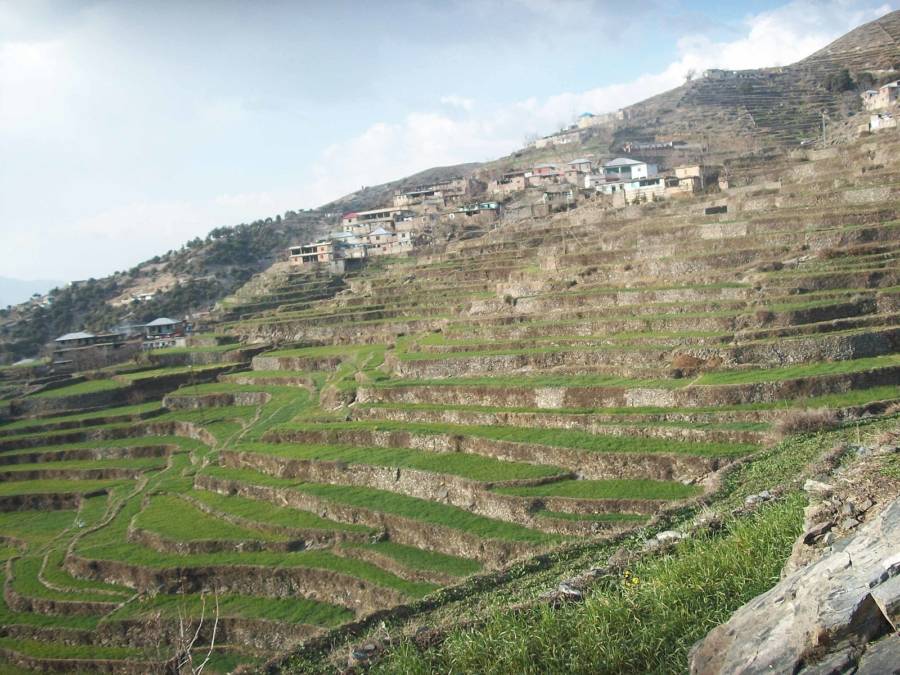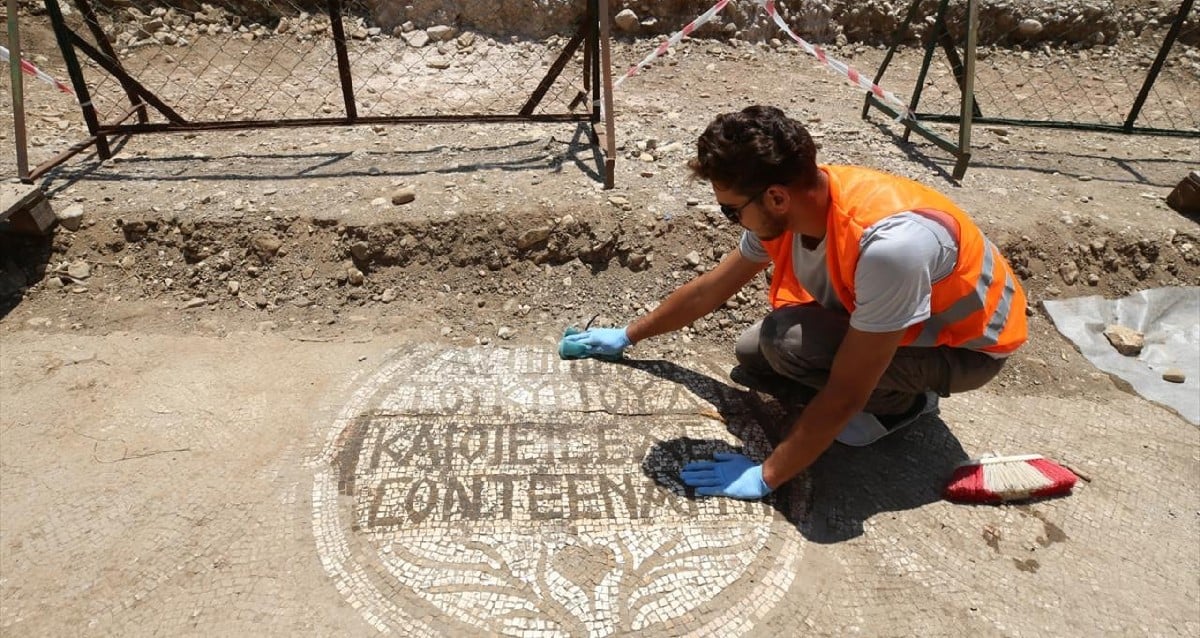Ancient Elixir: How Beer Became the Unexpected Key to the Wari Empire’s 500-Year Reign
In order to confirm whether or not chicha ingredients could be transferred into these ceramic vessels in the first place, however, the team had to recreate the brewing process itself. Donna Nash, a professor at the University of North Carolina Greensboro, spearheaded this part of the study.
“Making chicha is a complicated process that requires experience and expertise,” said Nash. “The experiments taught us a lot about what making chicha would look like in the ruins of a building and how much labor and time went into the process.”
Most importantly, the experiment confirmed that the beer was brewed on site and that the vessels used to store it were made from local clay. The pepper berries required to make the chicha were found to have been available to the Wari even during drought season — ensuring chicha’s steady availability even in the worst of times.

Wikimedia CommonsCerro Baúl, 2008.
Ultimately, the study’s authors were adamant that the Wari’s guaranteed capabilities to brew beer and offer it to their guests was a paramount reason for the empire’s 500-year-long lifespan. They also estimated that the Cerro Baúl brewery was capable of producing 400 to 500 gallons of chicha at a time.
With such a big population comprised of an eclectic mixture of Peruvian identities, alcohol-centric festivities were the glue that held things together.
“We think these institutions of brewing and then serving the beer really formed a unity among these populations, it kept people together,” said Williams.














Post Comment